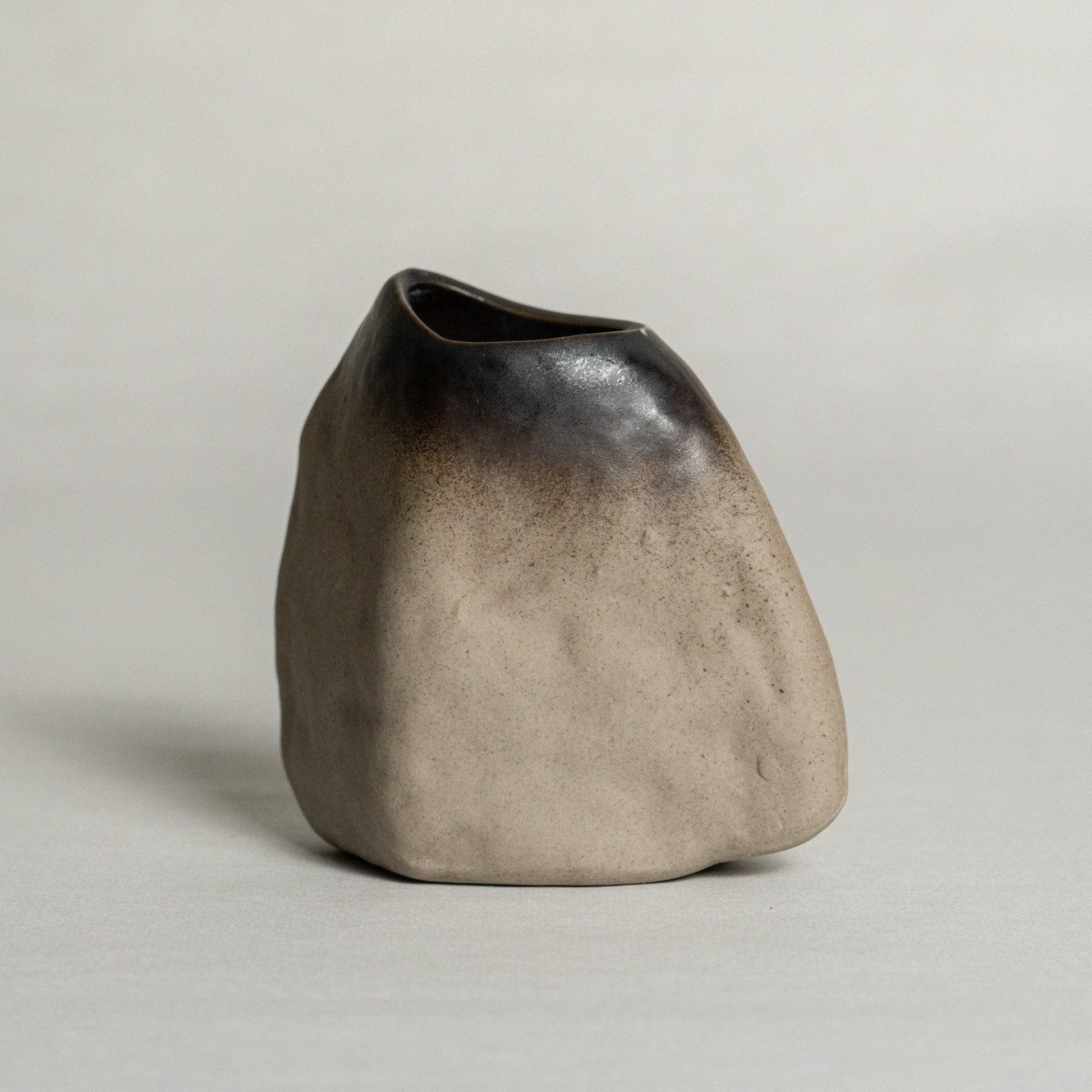How the Japanese Art of Embracing Imperfection Transforms Everyday Tea Moments
Keywords: wabi-sabi, Japanese aesthetics, rustic pottery, slow living, handmade teacups, imperfect beauty
In Praise of the Imperfect: A Quiet Return to What’s Real
In an age that prizes perfection, speed, and symmetry, there’s something quietly radical about slowing down—and choosing beauty that’s a little rough around the edges.
For those drawn to intentional living, handcrafted design, and poetic simplicity, wabi-sabi offers a deeply meaningful way to experience the world. And nowhere is this philosophy more at home than in the everyday ritual of tea.
🍵 What Is Wabi-Sabi? The Aesthetic of Time, Texture, and Truth
Wabi-sabi (侘び寂び) is a Japanese worldview rooted in the acceptance of impermanence and imperfection. It celebrates the weathered, the uneven, the unpolished. Rather than hiding flaws, it invites us to see them as part of an object’s soul.
-
Wabi speaks to simplicity, quietude, and the beauty found in humble materials and natural forms. It honors solitude, subtlety, and the richness of the understated.
-
Sabi reflects the dignity of aging—patina, cracks, rust, and fading colors. It is the grace of time made visible.
Together, wabi-sabi teaches us that there is profound value in the worn and the incomplete. A chipped edge. A rough glaze. The crack in your favorite teacup. These aren’t mistakes. They are markers of authenticity and memory.
🌿 Tea & Wabi-Sabi: A Ritual of Stillness
In Japan, the tea ceremony is a living embodiment of wabi-sabi. Each handmade cup, uneven plate, or cracked bowl is chosen not in spite of its irregularity—but because of it.
When you hold such a cup, you’re not just holding a vessel. You’re holding a moment of quiet, a piece of time, and the hand of its maker. The natural crack in the glaze reminds you that everything changes, and that change can be beautiful.
Incorporating wabi-sabi teaware into your daily tea ritual encourages a shift from consumption to contemplation. It’s not just about the tea—it’s about how you sit, how you pour, how you notice.
✨ Styling Tips: How to Create a Wabi-Sabi Tea Moment
Bringing wabi-sabi into your tea space is less about decorating and more about subtracting. It’s about choosing with care, allowing space to breathe, and appreciating the handmade.
Here’s how to begin:
Handmade Pottery
Select teacups with irregular shapes, visible brushwork, or subtle cracks—pieces that feel honest and human.
Linen or Burlap Textures
Use natural-fiber fabrics as placemats or table runners. Their gentle folds and soft frays invite quiet.
Unfinished Wood Trays
Ground your tea setting with a wooden tray that shows knots, grain, and age.
Dried Flowers or Bare Branches
Place a few dried stems or a single twig in a simple vase. They symbolize the transient, the withering, the beautiful decay.
Let It Breathe
Wabi-sabi loves space. Resist the urge to fill every surface. Let silence and negative space do their work.
Takeaway: Imperfection as Presence
Wabi-sabi is not just a look—it’s a way of seeing. It’s a mindset that gently reminds us: nothing lasts, nothing is finished, and nothing is perfect.
Next time you sit for tea, choose a teacup that tells a story—not one of flawlessness, but of feeling. Let the glaze’s roughness, the clay’s curve, or the shadow of a crack pull you into the present moment.
There, in that stillness, you might discover a deeper kind of beauty—the kind that asks for nothing, but gives everything.
🫖 Now Available: $35 Handcrafted Teaware with Free Shipping
Our wabi-sabi-inspired tea collection celebrates the imperfect, the handmade, and the deeply human. Each item is available for just $35 with free shipping—a quiet luxury for your daily rituals.
Let your tea moment slow down. Let your teacup speak softly. And let the beauty of imperfection bring you peace.


